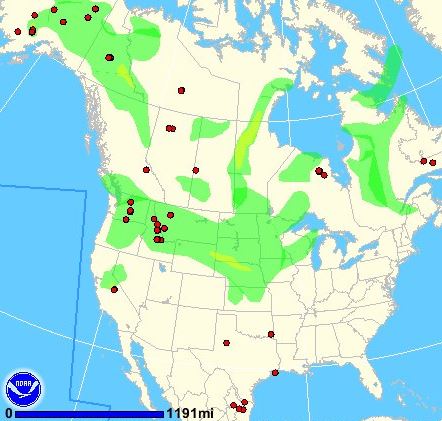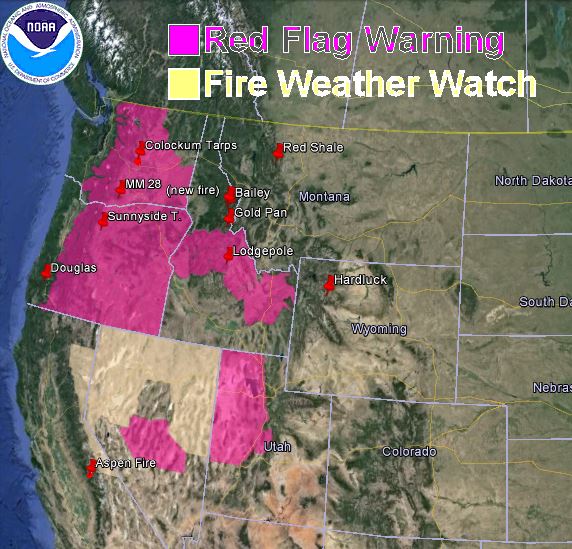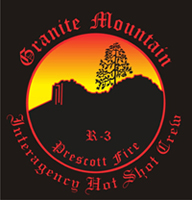Two reports released about air tankers
The U.S. Forest Service recently released two reports about firefighting aircraft, the products of contracts issued by the agency. The details are over at Fire Aviation, but here is a summary:
- AVID, a Virginia-based company that employed a crew of retired and current aviation professionals, produced a report “…to build analytical data that can be used to estimate the requirement for airtankers in the future.” The Fire Aviation article about the report can be found here.
- The U.S. Forest Service has released a study on how the C-27J could be used by the agency if the Air Force gives them seven of the aircraft as expected.
Summary of fire stats
The National Park Service’s Morning Report written by Bill Halainen has a table that tracks some of the statistics about fires over the last five days. Here is an example from today’s report:
Judge rejects California’s lawsuit over 2007 fire
A judge has thrown out a lawsuit brought by the state of California against the state’s largest timber company over liability for the 2007 Moonlight Fire which burned more than 65,000 acres in Northern California. The state was hoping to recoup some of the $22.5 million spent fighting the fire.
Last year the company, Sierra Pacific, agreed to pay nearly $50 million and donate 22,500 acres of land to settle a federal government lawsuit over the Moonlight fire.
Congressional Task Force Links Worsening Wildfires to Climate Change
On Tuesday the Bicameral Task Force on Climate Change convened a panel of experts on climate and wildland fire to discuss the impacts of climate change on wildfires. Below is an excerpt from an article at the National Journal:
…Panelists cited a number of reasons for wildfire flare-ups, including land-use patterns and insect activity. But the discussion kept circling back to climate change.
“Scientists tell us these changes are not just random variability,” Waxman said. “Bigger and more-intense fires are one of the red flags of climate change.”
Climate-change expert William Sommers, a researcher at George Mason University’s EastFIRE Laboratory, agreed. Sommers cautioned that rising levels of atmospheric carbon dioxide will only worsen wildfires in decades to come. “If current greenhouse-gas emission trends are not sharply reversed in the immediate future, we will see observed trends in wildfire risk accelerate,” he warned.
Waxman and Whitehouse asked firefighting and forestry experts for policy recommendations to help mitigate the situation.
Panelists, including Santa Fe, N.M., Fire Chief Erik Litzenberg and Rick Swan, director of supervisory personnel and health and safety for the California Department of Forestry Firefighters, cited budget cuts as a major stumbling block in efforts to combat wildfires, and called for increased funding for park services and firefighters.
“We are seeing a dramatic increase in the number of fires, especially in California,” Swan said. “But we are not seeing the same increase in staffing levels and funding.”








